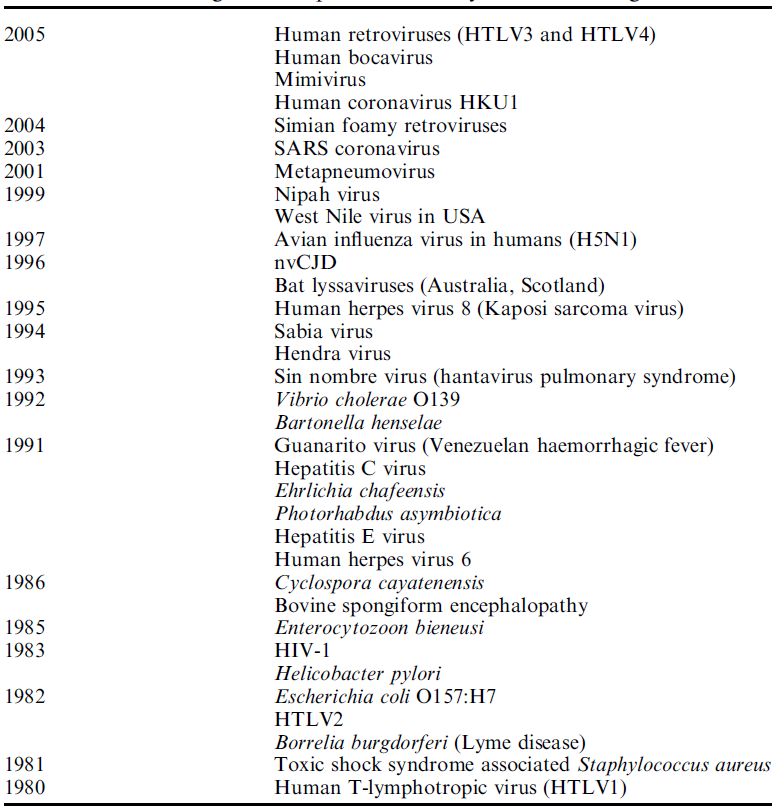


 النبات
النبات
 الحيوان
الحيوان
 الأحياء المجهرية
الأحياء المجهرية
 علم الأمراض
علم الأمراض
 التقانة الإحيائية
التقانة الإحيائية
 التقنية الحيوية المكروبية
التقنية الحيوية المكروبية
 التقنية الحياتية النانوية
التقنية الحياتية النانوية
 علم الأجنة
علم الأجنة
 الأحياء الجزيئي
الأحياء الجزيئي
 علم وظائف الأعضاء
علم وظائف الأعضاء
 الغدد
الغدد
 المضادات الحيوية
المضادات الحيوية|
Read More
Date: 31-10-2020
Date: 10-12-2015
Date: 12-6-2021
|
Introduction to Molecular Microbial Diagnostics
The SARS (severe acquired respiratory syndrome) epidemic showed the power of molecular microbial diagnostics. The World Health Organization (WHO) issued a global alert in March 2003 and 1 month later the causative agent, a coronavirus, was molecularly cloned and sequenced.
This facilitated the design of a polymerase chain reaction (PCR) assay for the accurate detection of the SARS virus in patient materials. The sequence information was made available online and allowed diagnostic laboratories worldwide to establish their own SARS virus assays within weeks. The molecular diagnostic tools were further used to trace the origin of the epidemic back to Guangdong Province in China in November 2002. The civet cat was identified as a likely viral reservoir. Coronaviruses are ubiquitous RNA viruses and account for a significant proportion of all upper respiratory tract infections of the common cold type. Comparison of the nucleic acid sequences of the common cold coronaviruses and the SARS virus provided clues to the increased pathogenesis of the latter.
The HIV epidemic that appeared in 1983 provides another example of the profound impact of molecular biology in the handling of emerging diseases. Indeed, effective tools are necessary since the microbiological world develops so quickly that we can eyewitness microbiological evolution within the course of our own lifetime. In fact, new infectious agents and new types of infectious diseases have appeared almost every year during the last 20 years (Table1) and this is likely to continue.
Still the causative agent cannot be identified in about 40% of respiratory diseases and more than half of all cases of encephalitis. It has been established that 20% of all human cancers are due to defined infectious agents, but indirect evidence suggests that infections may contribute to about 30% of all cancers. The role of infectious agents in autoimmune disease remains to be settled.
Table 1 Chronological examples of discovery of infectious agents




|
|
|
|
حقن الذهب في العين.. تقنية جديدة للحفاظ على البصر ؟!
|
|
|
|
|
|
|
علي بابا تطلق نماذج "Qwen" الجديدة في أحدث اختراق صيني لمجال الذكاء الاصطناعي مفتوح المصدر
|
|
|
|
|
|
|
ضمن برنامج تأهيل المنتسبين الجدد قسم الشؤون الدينية يقدم محاضرات فقهية وعقائدية لنحو 130 منتسبًا
|
|
|